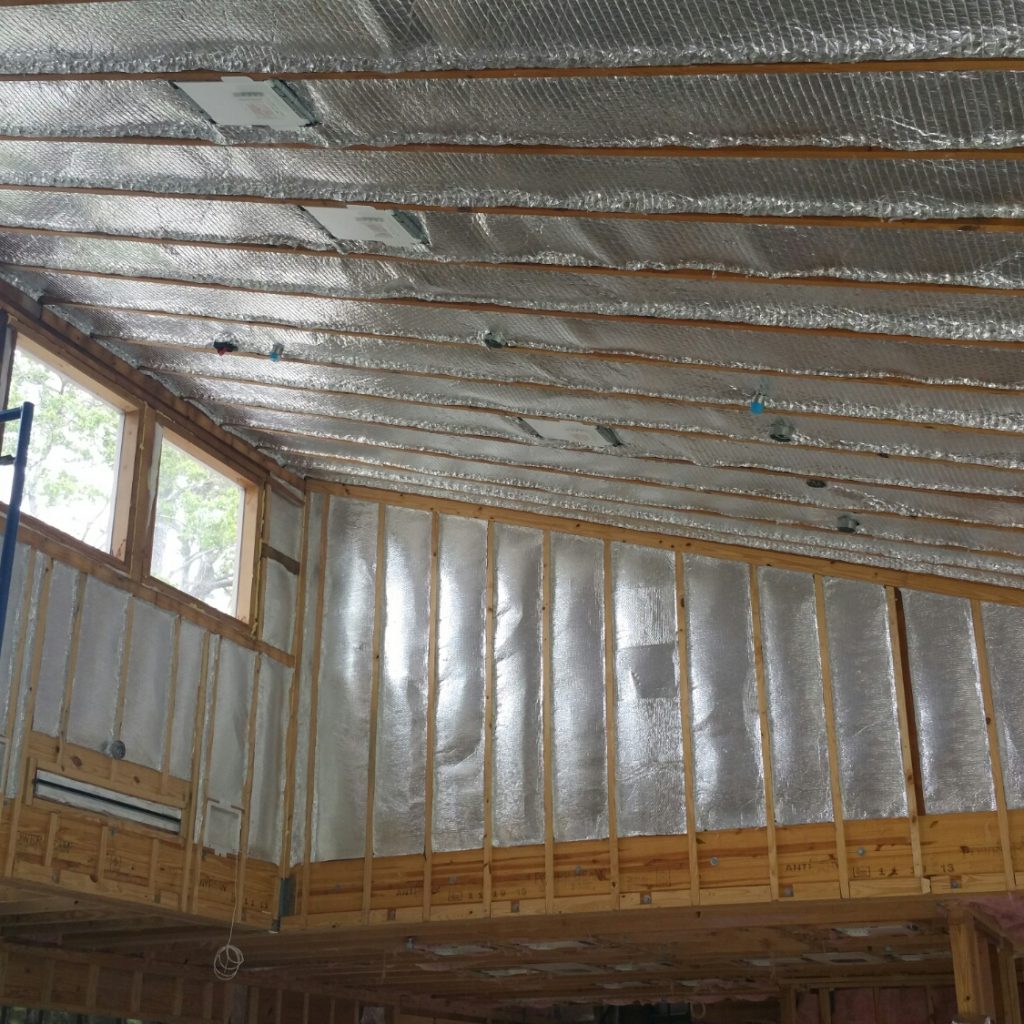
Some have a tendency of "rolling" when not securely fastened to the floor of the attic.

#Radiant barrier insulation install
Note: If you choose to install over the attic floor, keep in mind that condensation may form under a perforated radiant barrier based on sudden extreme temperature differences between the air below the barrier and above the barrier typically found in colder climates in the winter. To compensate for the exposed AC duct work with this installation method, you can easily lay a blanket of radiant barrier over the duct work to protect them from the heat. Although this method of laying over the attic floor won't lower the temperature of your attic space, it will still REFLECT up to 97% of the radiant heat that strikes its surface thereby reducing heat transfer from the attic to living spaces resulting in lower utility bills. This method also reduces the heat subject to attic mounted AC duct work thereby allowing them to work more efficiently.Ī secondary method of installation, instead of installing under the attic rafters, is to lay the foil insulation over the attic floor. RadiantGUARD® radiant barrier foil insulation installed in an attics can reduce attic temperatures by up to 30 degrees when stapled with a staple gun to the underside of roof rafters by REFLECTING up to 97% of the radiant heat that strikes its surface thereby reducing heat transfer from the attic to living spaces resulting in lower utility bills. Most of the heat entering a home comes through the roof. Radiant Barrier Installation Attic Radiant Barrier Installation

Page Index - Jump To Installation Methods Below are just a few of the popular building applications. RadiantGUARD® radiant barrier and reflective insulation products can be used in unlimited ways to help control the transfer of heat.


 0 kommentar(er)
0 kommentar(er)
